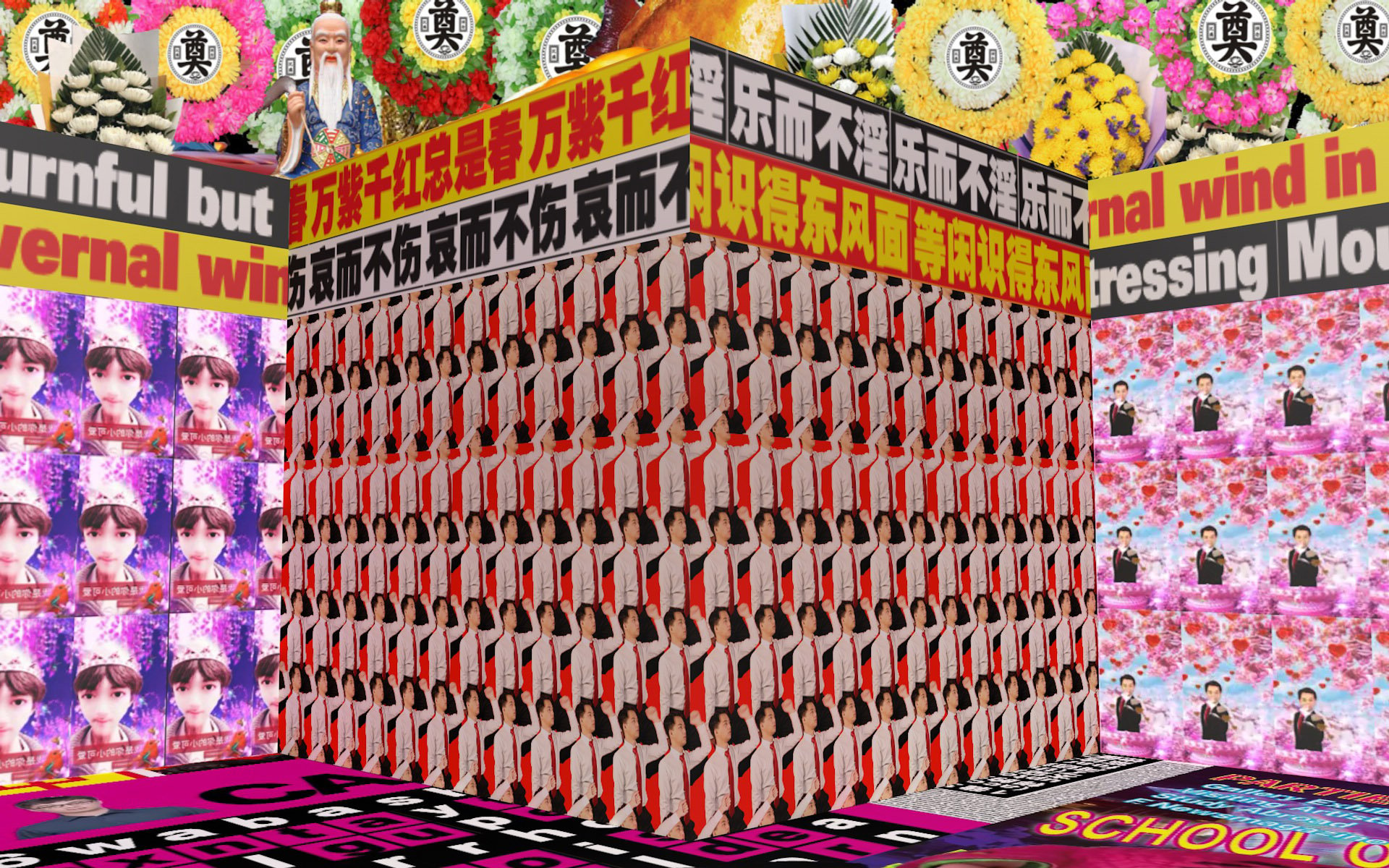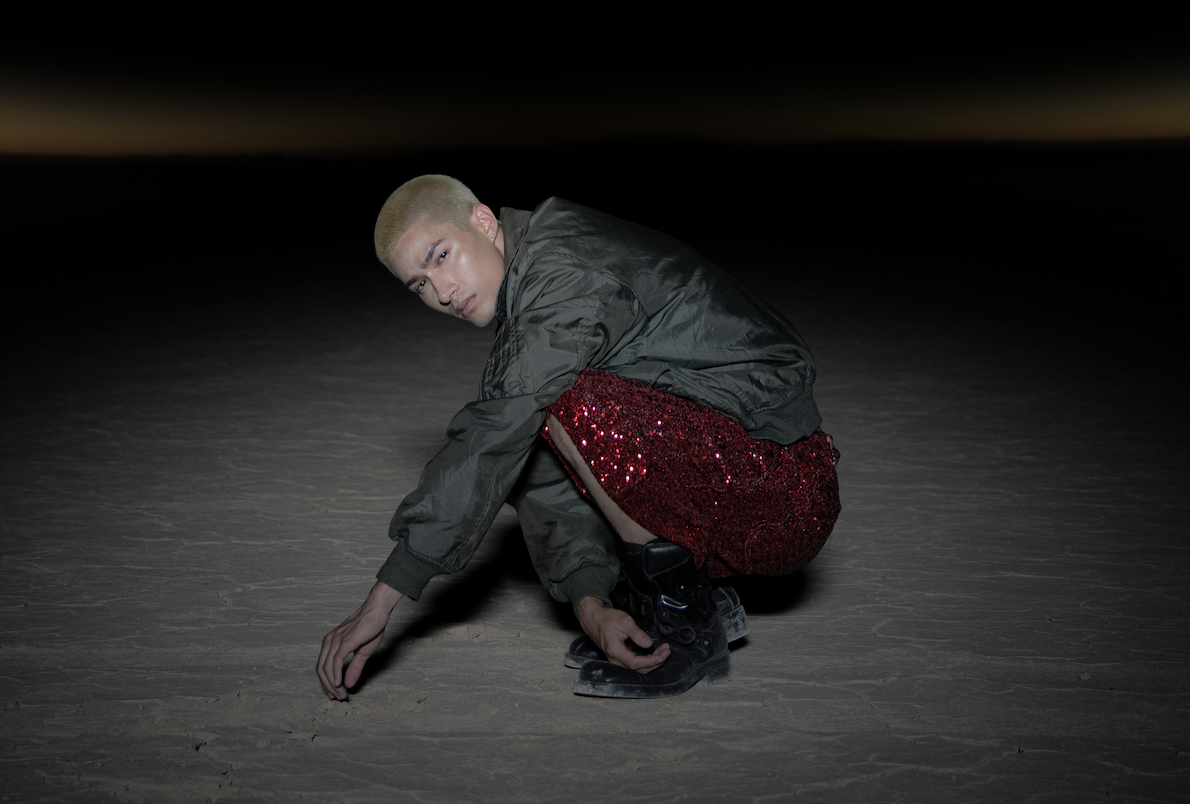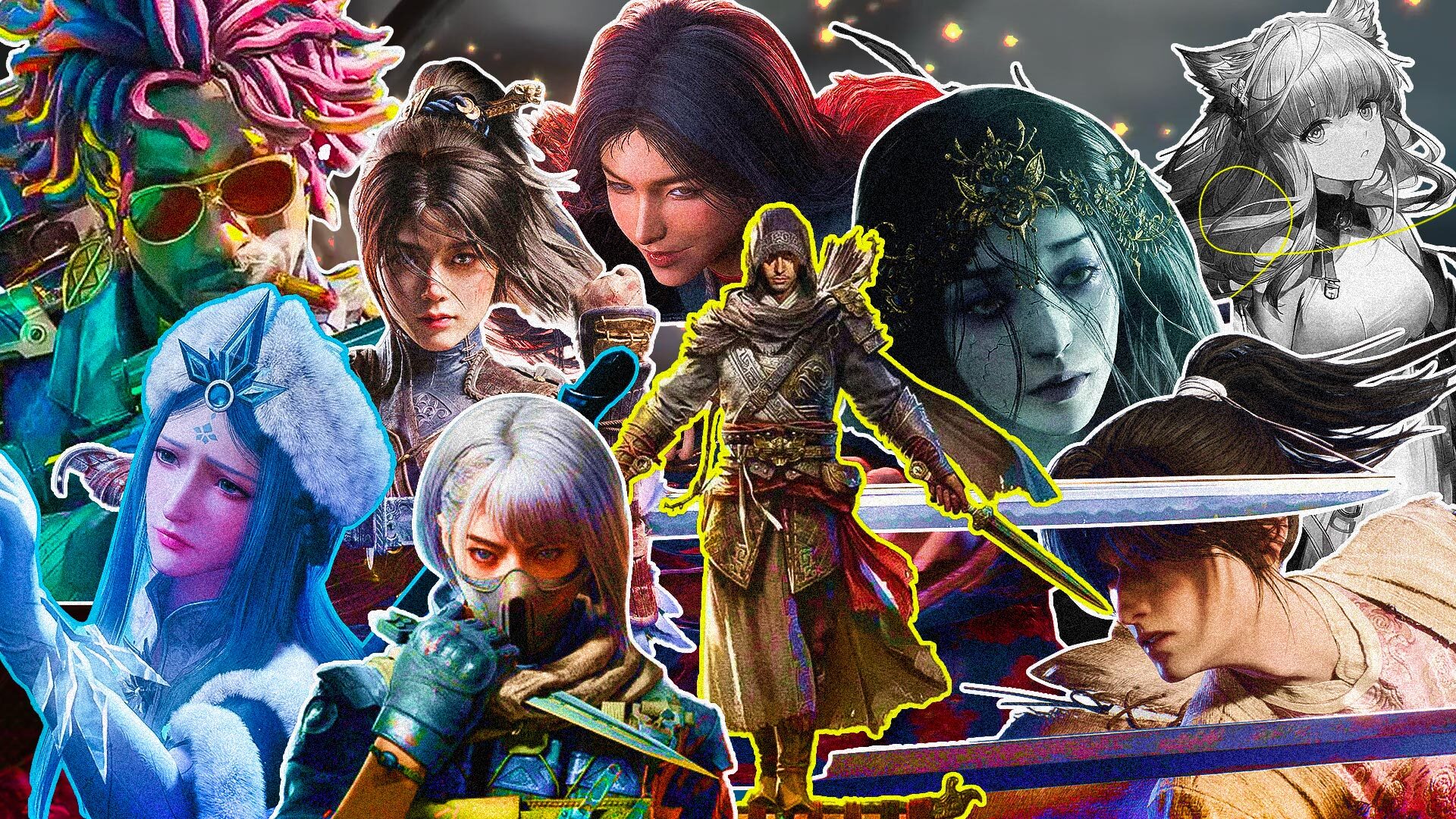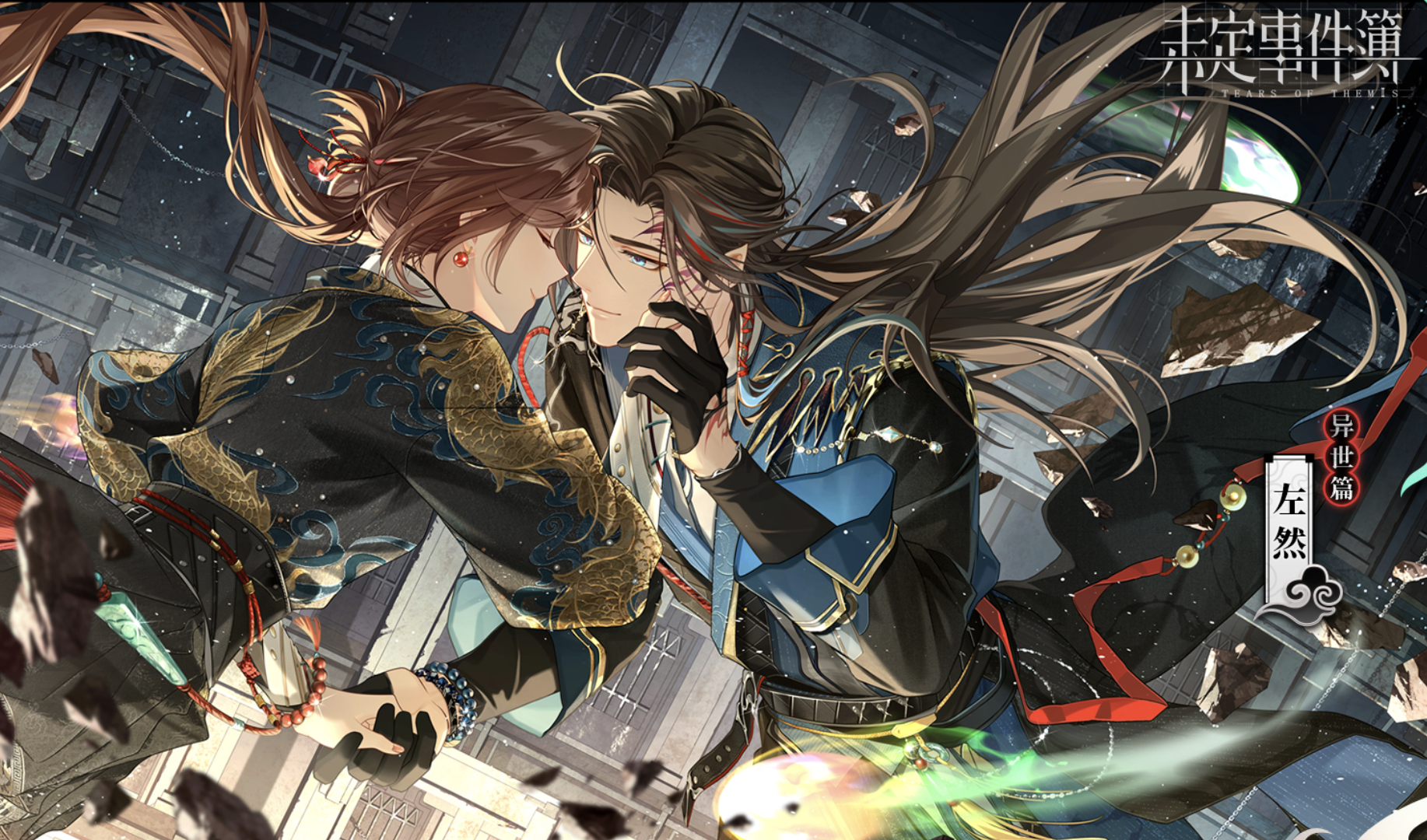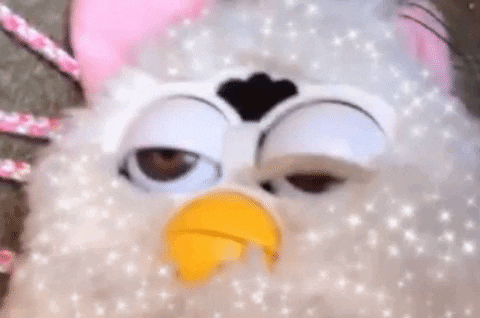If you follow Chinese politics at all (can’t blame you if you don’t), you probably know that the 19th National Congress of the Communist Party of China (CPC) is coming up. If you live in Beijing, you definitely know something’s up, as the city’s been blanketed in bright-red pronouncements for over a month now:
Communist Party propaganda is painting dreary #Beijing red. Everywhere you go, political slogans reminding everyone who’s in charge pic.twitter.com/VwrEhNgXs0
— Bill Birtles (@billbirtles) October 8, 2017
So what is this Party Congress, which commences on October 18, all about? We wade through the explainers so you don’t have to.
The Wiki version
Handy summary:
The 19th National Congress of the Communist Party of China (commonly referred to as Shijiu-da; Chinese: 十九大) will be held in Beijing, People’s Republic of China, opening on 18 October 2017. As an “odd-year” congress — the previous was held in 2012 — the congress is closely watched mostly due to a far-reaching change in the makeup of the top leadership of the Communist Party of China. A majority of the Politburo Standing Committee (top decision-making body) is expected to retire at this congress.
The party delegates at the congress will elect the new leadership of the Communist Party of China, including the Central Committee and alternate members of the Central Commission for Discipline Inspection. During the meeting of new Central Committee, the elections of General Secretary (party leader), Politburo, Politburo Standing Committee and Central Military Commission will be held.

Great Hall of the People (Wiki)
Why this one matters
That still might be a bit abstract. Basically, the CPC reshuffles its top leadership every five years via a choreographed meeting of 2,300 top delegates from around the country. These delegates meet to officially elect the CPC’s General Secretary (top dog), the elite Politburo Standing Committee (historically, 5-9 members) and Politburo (a wider group of 25 members), the few-hundred-strong Central Committee of high-ranking Party cadres, and the 130-member Central Commission for Discipline Inspection, which lead’s the Party’s internal anti-corruption investigations.

Politburo Standing Committee
The current General Secretary is Xi Jinping (above, left, always half-smiling), who assumed the title from Hu Jintao at the previous Party Congress in 2012. He’s also the President of the People’s Republic of China (PRC), though this is more of an honorary title, secondary to his role as General Secretary.
PRC = official name of China, the nation-state
CPC = effectively the PRC’s only political party
Widely viewed as “China’s most powerful president in decades,” this year’s Congress is predicted by virtually all China watchers to be Xi’s moment of power consolidation, during which he’ll secure his title for the next five years, promote trusted allies to his inner Politburo circle and retire ostensible checks on his authority (like current State Council Premiere Li Keqiang), and potentially even remove a long-standing, informal age cap on membership in the Poliburo Standing Committee, theoretically clearing the way for himself to seek a third five-year term in 2022.
But don’t take our word for it. Find an excellent roundup of far more credentialed China-watching talking heads over at ChinaFile: China’s Communist Party Is About to Meet. Here’s What You Should Know.
Or, if that’s just too much reading, let this charming British SCMP narrator break it down for you:
So what’s #China‘s Communist Party Congress all about? Answers here. pic.twitter.com/QfQtTY2CSI
— SCMP News (@SCMP_News) October 3, 2017
Who all will attend this party?
The “National Congress” consists of the 2,300 CPC delegates who are officially visiting the capital from all corners of the country to vote for the new leadership. That’s pretty much it for the guest list. The annual “two meetings” — Beijing gatherings of China’s legislature, the National People’s Congress, and the Chinese People’s Political Consultative Congress, a larger “advisory committee” that isn’t technically part of the government — involve a much wider cross-section of the Chinese political machine, including representatives from each of China’s officially recognized ethnic minorities (who usually show up in colorful, traditional clothing) and crowd-pleasing celebrities like Yao Ming and Jackie Chan.
But the twice-a-decade Party Congress, which is where the real power is minted, is pretty closed in its ranks.

Yao Ming’s outsized presence at the 2013 CPPCC (Vice)
What about everyone else?
Well… we’ll wait to hear what happens. In Beijing, political events of this magnitude tend to mean artificially blue skies and major road closures. Various crackdowns on less-than-legal activities in the capital (most recently, this one) have been attributed to municipal muscle enforcing a “lock-down” in preparation for the proceedings. This year there’s also talk of a “fire moat” to quarantine internet activity in Beijing ahead of the event.
In a broader sense, the whole world will be waiting to learn what’s decided at the 19th Party Congress, and for good reason. As China assumes leadership in a number of globe-spanning issues, like climate change and fossil fuel reduction, and rolls out increasingly grandiose plans for domination in technical fields like artificial intelligence, robotics, and quantum computing, the country’s top decision-makers will want to consolidate their grip on the system in order to ensure they’ll hit the hard targets they’ve set for themselves in these fields.
Presumably, this will be a major plank of Xi’s rationale for assuming his second five-year term as General Secretary, and maybe even a third. The PRC’s Made in China initiative aims to comprehensively upgrade China’s manufacturing infrastructure (read: smart robots) by 2025, and their Next Generation Artificial Intelligence Development Plan, laid out in July, is a roadmap for China to become the world AI leader by 2030. Xi would need a third term — running from 2022-2027 — to keep his hand on the rudder for these far-reaching initiatives.
But given the opacity of China’s political system, all we can do for now is make a game of guessing at what the outcome might be:
2017’s most important political event is upon us. Join in the predictive fun and take in the analyses. #TheCommittee https://t.co/VCWaayyiw1 pic.twitter.com/W3U6hW0RyZ
— MacroPolo (@MacroPoloChina) September 29, 2017
Or scroll through any one of the well-designed infographics churned out by the robust industry of professional China pundits. This one’s purdy:
Cover photo: Reuters
